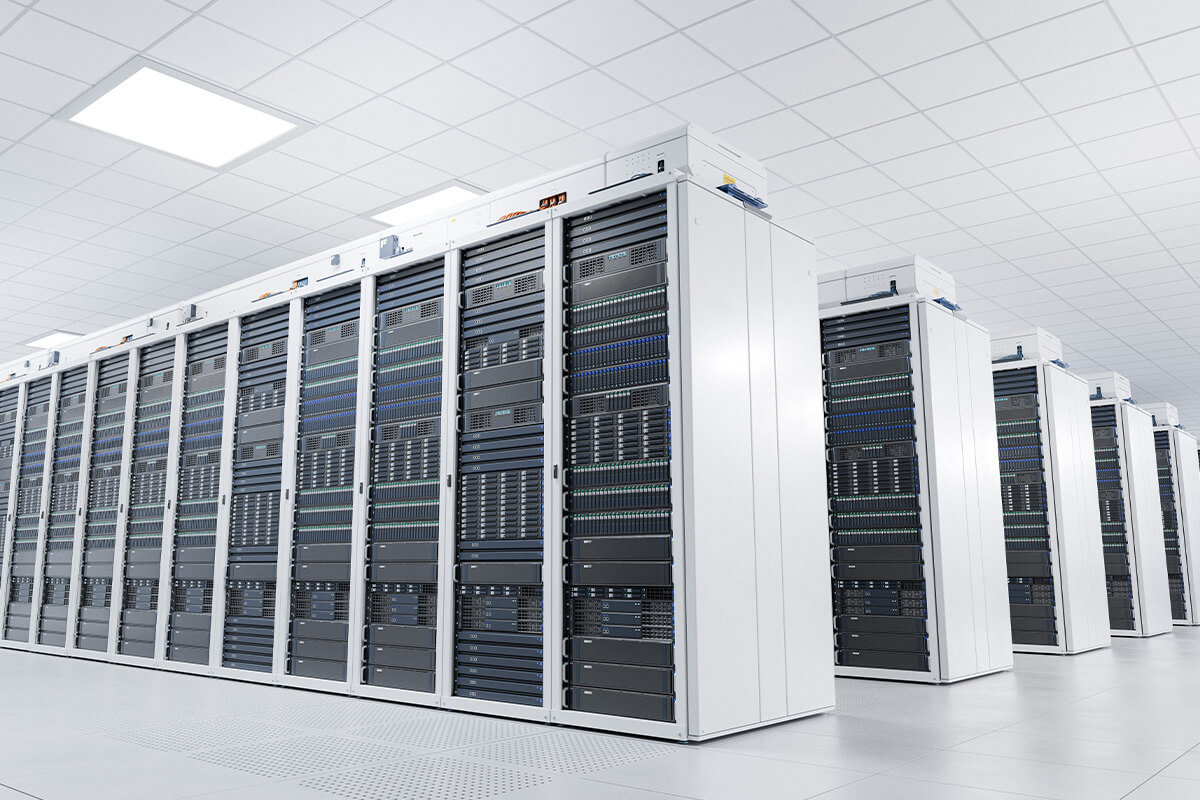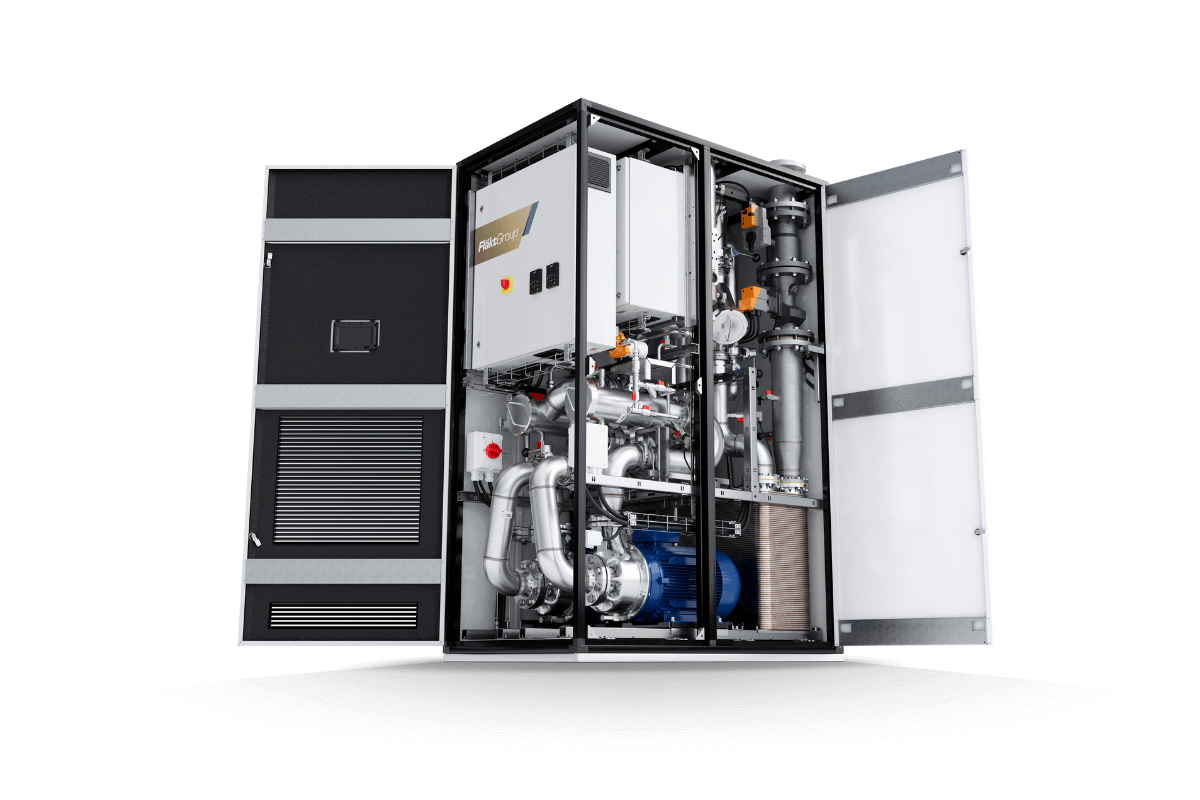Up to 2010 the data centre market faced pressure to provide energy efficient cooling. Chip manufacturers addressed this challenge through fundamental and architectural design changes, transitioning from single-core to multi-core processors. This approach maintained power requirements at similar levels while enhancing computing performance. During this period power densities ranged 8-20 kW per rack. Following this era, the rise of hyperscale data centres increased rack densities to around up to 30 kW per rack. With the growing prominence of artificial intelligence, some designs now feature power densities exceeding 100 kW per rack.
This rapid advancement has expedited the adoption and implementation of liquid cooling solutions, because water is much denser than air, has higher specific heat capacity and lower thermal resistance. This means heat can be removed with dramatically less volumetric flow of water vs air.
There is also a demand that technologies comply with EPBD (Energy Performance of Buildings Directive) and BACS (Building Automation Control Systems directive) the European Union directive that requires the installation of automation and control systems in buildings to improve energy efficiency. As a result, we continue to explore and push the boundaries, make buildings smarter and work harder to meet ever-changing and expanding demands.
There are a number of cooling options that can be adopted for data centres, and these are selected per project depending on the requirements of the customer. Find out more about precision cooling solutions for hyperscale and enterprise data centres here: Data Centre Cooling Solutions
Liquid cooling, the use of cooling distribution units (CDUs), is an advanced solution for extremely high-performance systems. This method of cooling has become a necessity due to our need to cool high density AI racks and servers. This method has been adopted to manage cooling on a larger scale as we see data centres grow in their complexity and consume significant amounts of electricity, with a large portion dedicated to cooling systems. Adopting more efficient cooling reduces this energy consumption, lowering operational costs and minimising the environmental impact.
In addition to improved energy efficiency, liquid cooling also offers the following operational advantages:
- Improved Performance - Servers and equipment generate substantial heat during operation. Efficient cooling prevents overheating, which can degrade performance or cause throttling, ensuring optimal operation of hardware.
- Scalability - As computing demands grow, data centres need to scale operations. Efficient cooling systems handle higher heat loads, enabling the deployment of more powerful servers without requiring excessive energy for cooling.
- Increased Reliability - Maintaining stable temperatures prevents wear and tear on components, reducing the risk of hardware failure and downtime, which is critical for uninterrupted service.
- Space Optimisation - Advanced cooling solutions, like liquid cooling, are often more compact than traditional air-based systems, enabling higher hardware density and better utilisation of space within the data centre.
- Meet Sustainability Goals - With growing emphasis on green technologies, efficient cooling supports sustainability initiatives by reducing the carbon footprint of data centres, helping organisations meet regulatory and corporate environmental targets.
Ultimately, the purpose of these solutions is to achieve incredible performance and optimal cooling for critical data services. As the focus on sustainability intensifies and collective efforts to combat global warming grow, the future of data centre cooling must play a role.

